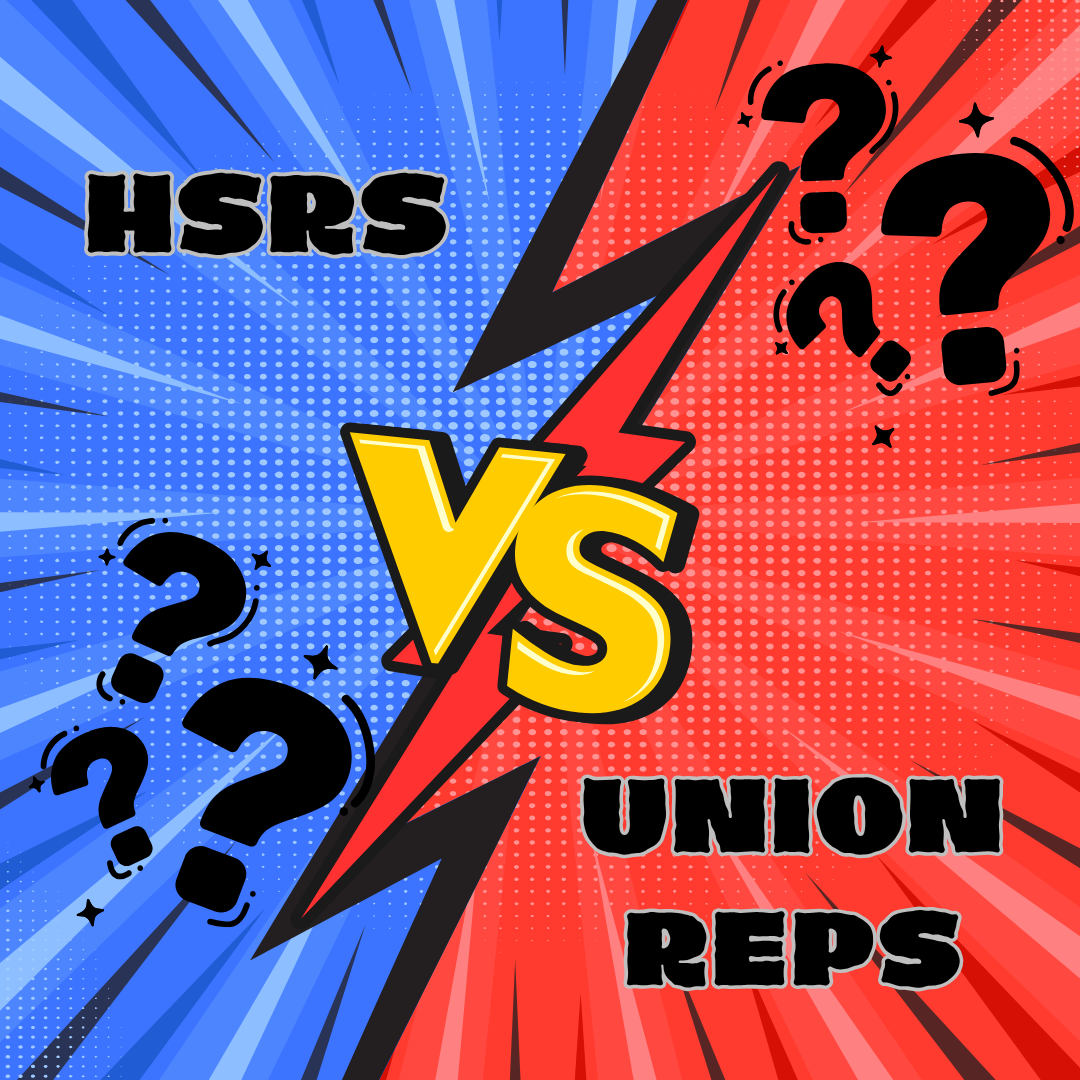Failure to report a notifiable incident is an offence
Section 38 of the Occupational Health and Safety Act 2004 imposes a legal duty on employers to notify of incidents:
"An employer or self-employed person must not, without reasonable excuse, fail to notify the Authority immediately after becoming aware that an incident has occurred at a workplace under the management and control of the employer or self-employed person. s38(1)
The employer must notify immediately by calling WorkSafe by calling 13 23 60, at which time they will be given a reference number. Thie reference number serves as proof that the employer did immediately notify the regulator." s38
The employer must fill out an incident notification form (found at Incident notification form | WorkSafe Victoria) and this form must be submitted within 48 hours of the incident occurring.
Failure to notify is a breach of legal duty and the offence can result in prosecution.
It is also a legal duty for the employer to preserve the site of the incident. Failure to preserve the scene is an indictable offence under section 39 of the OHS Act.
So, what classifies as a notifiable incident?
Any of the following:
1. Death
2. Exposure to a substance resulting in a need for medical treatment within 48 hours
3. Any incident resulting in the need for immediate in-patient hospital treatment
4. Any incident result in the need for immediate medical treatment for any of the injuries listed:
a. Amputation
b. Serious head injury
c. Serious eye injury
d. Removal of skin (eg: scalping, degloving)
e. Electric shock
f. Spinal injury
g. Loss of bodily function
h. Serious lacerations (ie: requiring stitching or other medical treatment)
5. Any incident through which a person is at serious risk as a result of exposure to an:
a. Uncontrolled escape, spillage, or leakage of a substance
b. Implosion, explosion or fire
c. Electric shock
d. Fall or release from height of any plant, substance or thing
e. Incident involving plant (collapse, overturning, failure or malfunction) as per OHS Regulations
f. Collapse or failure of an excavation or mine (or of any shoring support)
g. In-rush of water, mud or gas into an excavation, tunnel or mine
h. Interruption of ventilation in a mine, excavation or tunnel
i. Any incident involving dangerous goods or explosives
WorkSafe has a straightforward guide on the process here: Report an incident | WorkSafe Victoria
Don’t forget that as Health and Safety representative, you have the right to access information in relation to incidents which affect your DWG. For more information on this topic, take a look at previous articles relating to relating to HSR’s entitlements to access information: HSR Training & Workplace Safety | BeSafe | Reg. Vic.
For more detail on this, visit Obligations of an employer to health and safety representatives | WorkSafe Victoria
As always, you are welcome to get in touch with us for a chat HSR Training and support | BeSafe | Regional Victoria




